A Journey into the World of Impressionist Inspiration
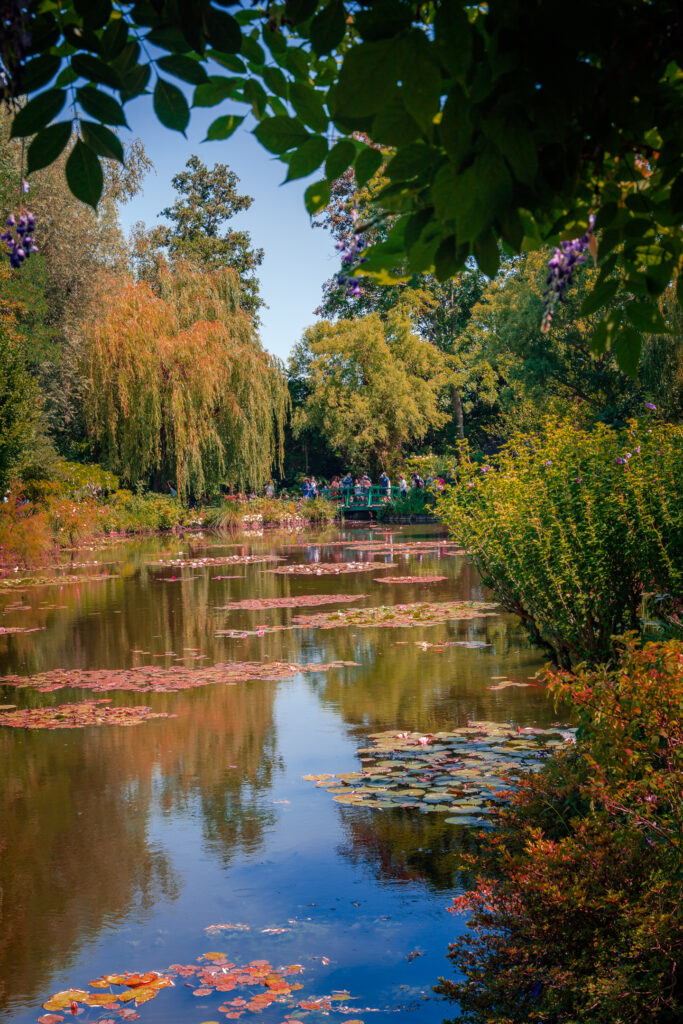
As an experienced traveler with a deep appreciation for art and nature, I had the privilege of stepping into the breathtaking masterpiece known as Monet’s Garden in Giverny. This enchanting place, immortalized by the renowned Impressionist painter Claude Monet, is a true haven of beauty and inspiration. In this comprehensive guide, I will take you on a journey through the vibrant colors, serene landscapes, and artistic vision that define Monet’s Garden. Drawing from personal experiences and a storytelling approach, I invite you to explore this extraordinary place that captivated the heart and brush of one of history’s greatest artists.
The Birth of an Artistic Haven
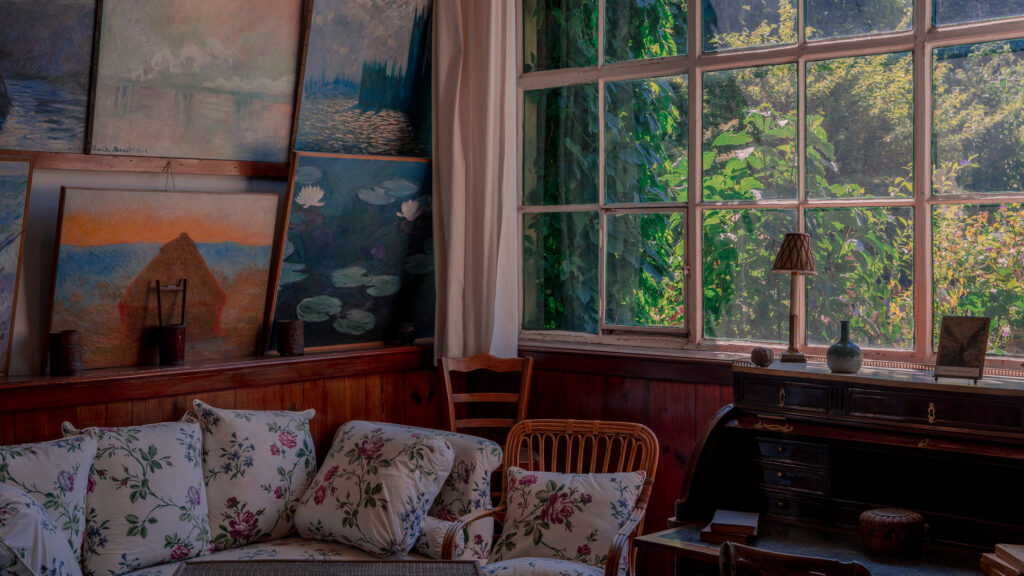
To truly understand the significance of Monet’s Garden, we must first delve into its history. Situated in the quaint village of Giverny, France, this garden was the muse and sanctuary of Claude Monet during the latter part of his life. After moving to Giverny in 1883, Monet transformed the property into a living canvas, meticulously crafting a garden that would inspire his iconic masterpieces.
A Walkthrough of Timeless Beauty
The Water Garden

One of the most iconic features of Monet’s Garden is the Water Garden. As I strolled along the gracefully arched Japanese bridge, adorned with vibrant wisterias, I felt as if I had stepped directly into one of Monet’s famous paintings. The water lilies floating peacefully on the pond mirrored the ever-changing light and colors of the sky, creating an ethereal atmosphere that seemed to transcend reality.
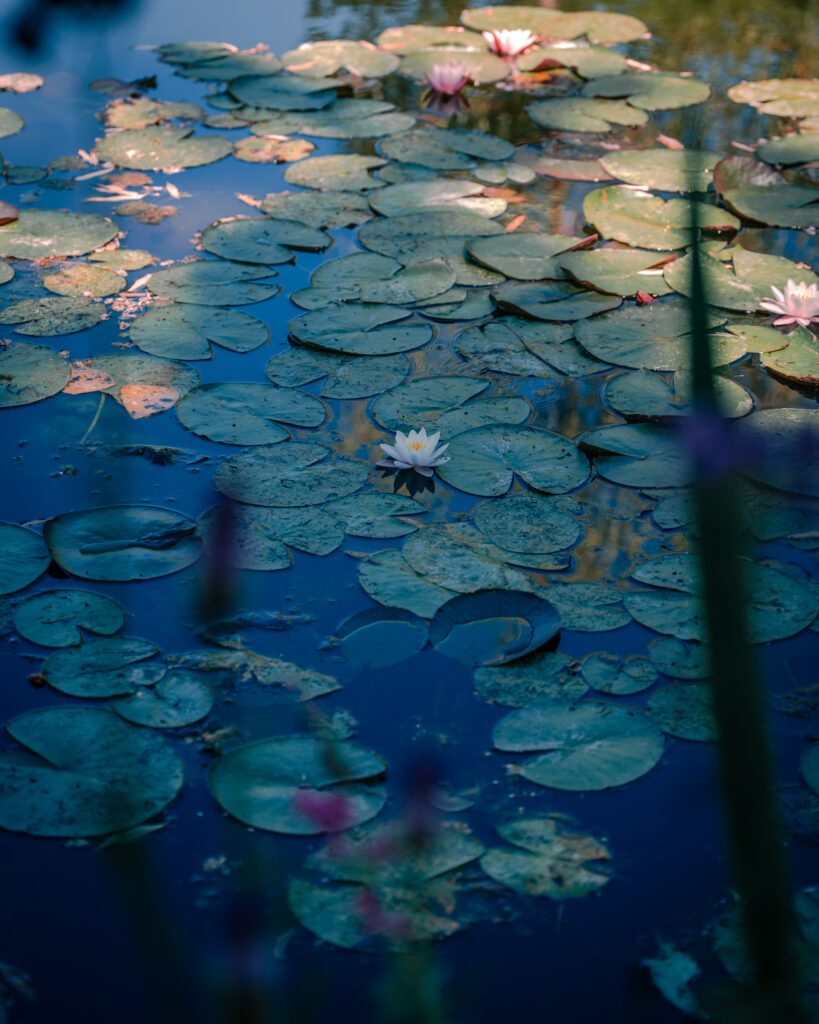
The Flower Garden
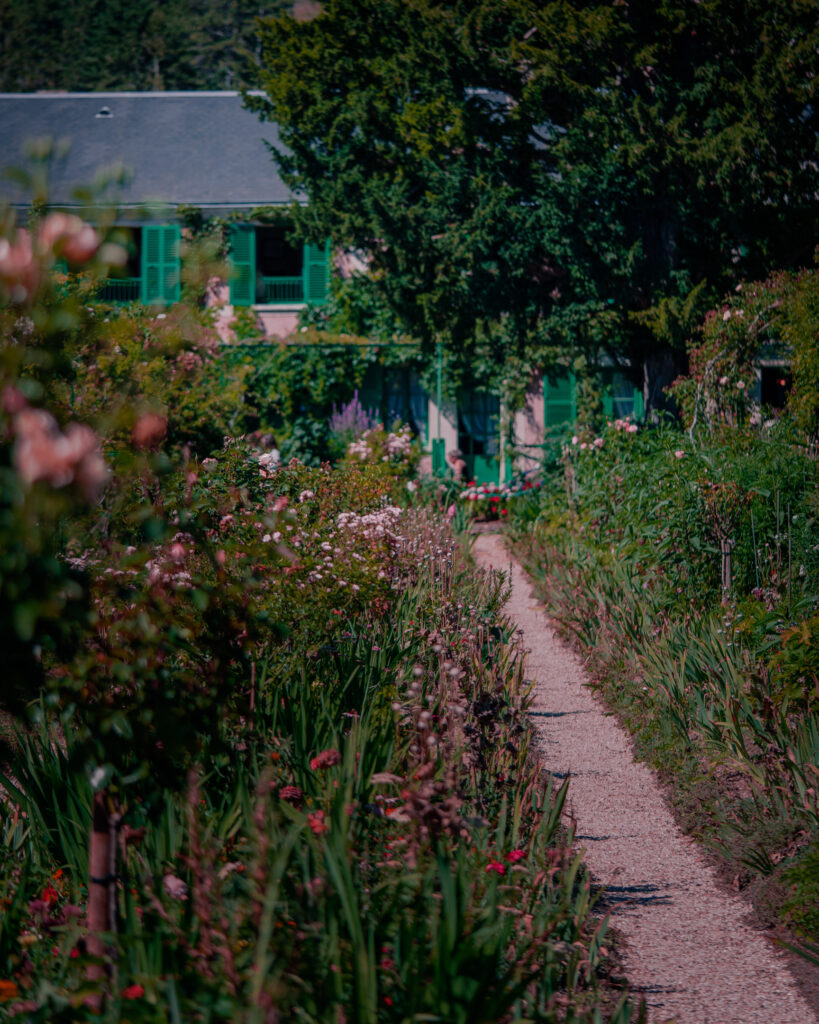
Adjacent to the Water Garden lies the Flower Garden, a riot of colors and fragrances that come together in perfect harmony. I found myself lost amidst the vivid hues of tulips, daffodils, and irises, each carefully arranged to create breathtaking compositions. The symphony of scents mingling in the air was a sensory delight, transporting me to a realm where nature and art intertwine.
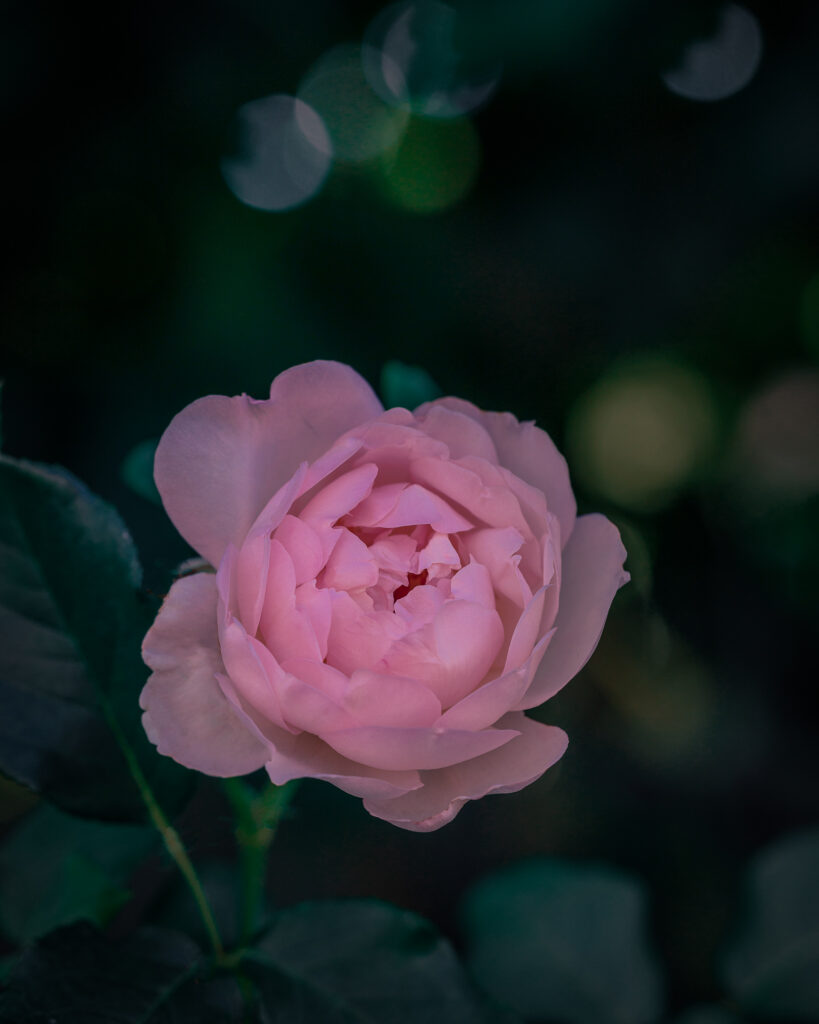
Inspiration Unveiled: Real-Life Examples
To truly appreciate the magic of Monet’s Garden, let me share a few real-life examples that highlight the unique experience it offers:
Example 1: A Tranquil Morning:

One crisp morning, I arrived at Monet’s Garden just as the sun began to rise, casting a soft golden glow across the landscape. With only a handful of visitors present, I had the privilege of witnessing the garden in its tranquil state. The stillness of the Water Garden, accompanied by the gentle chirping of birds, created an ambiance of serenity that allowed me to fully immerse myself in the beauty that surrounded me.
Example 2: An Explosion of Colors:
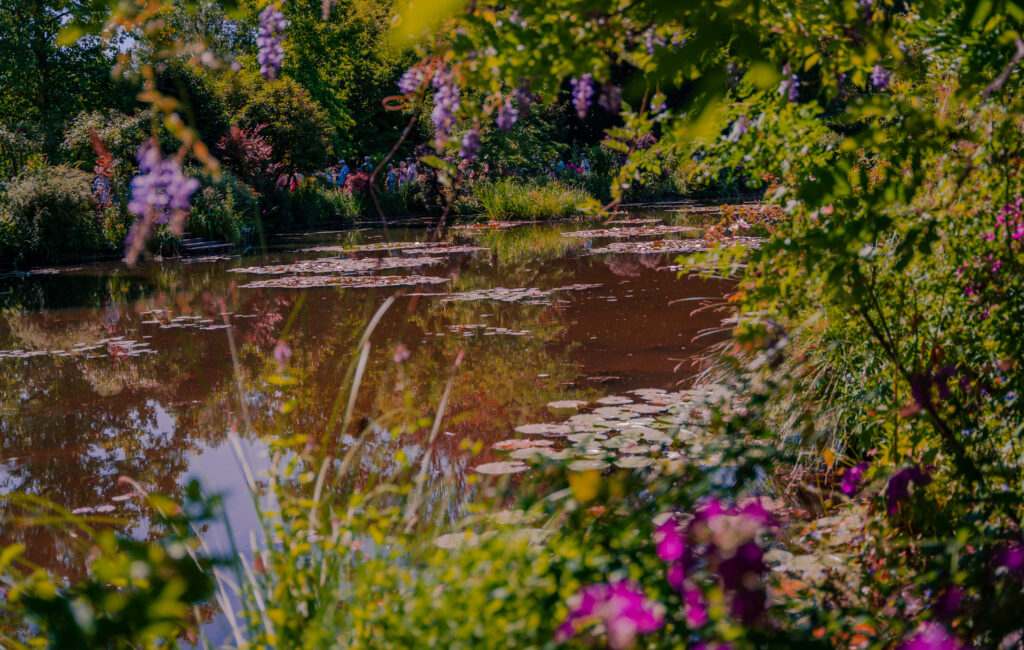
During my visit in early summer, the Flower Garden was a vibrant tapestry of colors. The countless blooms, ranging from delicate pastels to bold primaries, created a striking contrast against the lush greenery. I spent hours meandering through the flower beds, marveling at the intricate details and capturing photographs that would forever serve as a reminder of this kaleidoscopic paradise.
Monet’s Legacy
Monet’s Garden not only served as an endless source of inspiration for the artist but also left an indelible mark on the art world. Through his unique style and dedication to capturing fleeting moments, Monet revolutionized the art of painting and influenced generations of artists to come. The impact of his garden cannot be overstated, as it continues to draw admirers from all corners of the globe, inspiring their own artistic journeys.
Practical Tips for a Memorable Visit
1. Plan your visit in advance:

Monet’s Garden can get quite busy, especially during peak seasons. To ensure a smooth and enjoyable experience, consider booking your tickets online and checking the garden’s opening hours. Arriving early in the morning or later in the afternoon can also help you avoid crowds.

2. Take your time to explore:
Monet’s Garden is a place to be savored, so don’t rush through it. Set aside ample time to wander through the various sections, allowing yourself to fully immerse in the beauty that surrounds you. Bring a sketchbook or a journal to capture your own impressions and reflections.
3. Visit during different seasons:
Each season offers a unique perspective on Monet’s Garden. From the vibrant blooms of spring and summer to the rich hues of autumn and the serene beauty of winter, experiencing the garden in different seasons allows you to witness its ever-changing charm.
4. Respect the surroundings:

While it’s natural to feel inspired and captivated by the beauty of Monet’s Garden, it’s important to respect the environment. Follow the designated paths, avoid stepping on the flower beds, and refrain from touching or picking the plants. Remember, this garden is a living work of art that should be preserved for future generations.
5. Take advantage of nearby attractions:

Giverny offers more than just Monet’s Garden. Consider exploring the Museum of Impressionisms, located just a short distance away, which provides a deeper understanding of the Impressionist movement and Monet’s legacy. Additionally, the charming village itself offers quaint streets, art galleries, and local eateries worth exploring.
Conclusion
Monet’s Garden in Giverny is a testament to the profound connection between art and nature. Through its timeless beauty, vibrant colors, and serene landscapes, it continues to inspire visitors from around the world. As you explore the various sections of the garden, let yourself be transported into the world of Claude Monet, experiencing firsthand the magic that fueled his artistic vision.
Whether you visit during the blooming season or embrace the tranquility of winter, Monet’s Garden promises a unique and unforgettable experience. So, pack your curiosity, immerse yourself in the captivating world of impressionist inspiration, and let Monet’s Garden ignite your own creativity and appreciation for the wonders of nature.
Additional Resources to Enhance Your Visit
To further enhance your visit to Monet’s Garden and deepen your understanding of Claude Monet’s life and work, here are some additional resources worth exploring:
- Monet’s House: While exploring Monet’s Garden, don’t miss the opportunity to visit the artist’s charming pink house. Step inside and discover the rooms where Monet lived, including his vibrant studio and personal collection of Japanese prints.
- Monet’s Paintings: Familiarize yourself with some of Monet’s most renowned paintings, such as “Water Lilies,” “Bridge over a Pond of Water Lilies,” and “The Artist’s Garden at Giverny.” These masterpieces will provide a deeper appreciation for the inspiration that Monet drew from his garden.
- Art Books and Biographies: Dive into books that delve into Monet’s life and art, offering insights into his creative process and the significance of Giverny. Some recommended titles include “Monet’s Passion: Ideas, Inspiration, and Insights from the Painter’s Gardens” by Elizabeth Murray and “Claude & Camille: A Novel of Monet” by Stephanie Cowell.
- Garden Design and Inspiration: Monet’s Garden is not only an artistic marvel but also a masterpiece of landscape design. Explore books and resources on garden design to learn about the principles and techniques behind creating a harmonious and visually stunning garden.
- Impressionist Art Exhibitions: Keep an eye out for exhibitions dedicated to Impressionist art and Monet’s works in galleries and museums around the world. These exhibitions often provide a deeper context and appreciation for the art movement and Monet’s contributions.
- Online Resources: Visit reputable websites and online platforms that offer virtual tours, articles, and documentaries on Monet’s Garden and the Impressionist movement. These resources can provide valuable insights and serve as a source of inspiration before your visit.
By immersing yourself in these additional resources, you can enrich your understanding of Monet’s Garden and gain a deeper appreciation for the artistic legacy it represents. Remember, exploring Monet’s Garden is not just about witnessing natural beauty—it’s about embracing the profound connection between art, nature, and the creative spirit that transcends time.
